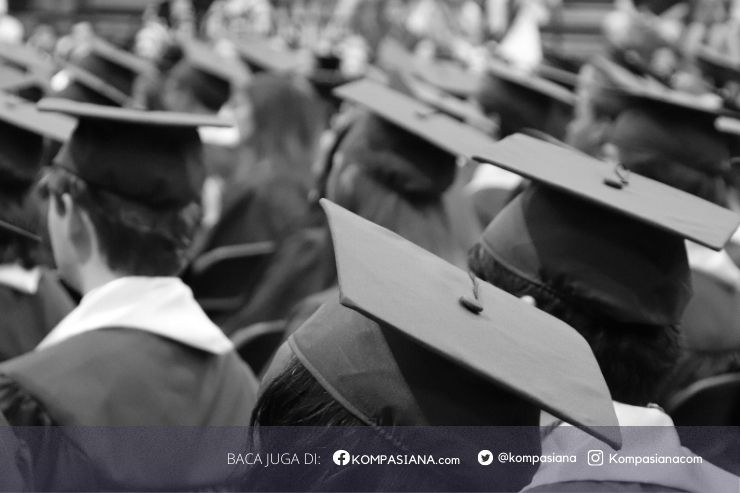However, to successfully foster CT, educational institutions must train teachers to adopt CT-enhancing strategies and create curricula that prioritize deep reasoning over rote memorization. By doing so, we can equip future generations with the skills needed for academic success and lifelong learning.
This essay is based on the concepts discussed in Higher Order Thinking Skills in the Language Classroom by A. Ghanizadeh et al..
References
Brookfield, S. D. (1987). Developing critical thinkers: Challenging adults to explore alternative ways of thinking and acting. Jossey-Bass.
Dewey, J. (1933). How we think: A restatement of the relation of reflective thinking to the educative process. Heath.
Facione, P. A., Sanchez, C. A., Facione, N. C., & Gainen, J. (1995). The disposition toward critical thinking. The Journal of General Education, 44(1), 1-25.
Ghanizadeh, A. (2011). An investigation into the relationship between self-regulation and critical thinking among Iranian EFL teachers. The Modern Journal of Language Teaching Methods, 1(2), 77-85.
Ghanizadeh, A., & Mirzaee, S. (2012). EFL learners' self-regulation, critical thinking and language achievement. International Journal of Linguistics, 4(3), 451-470.
Hashemi, M., & Ghanizadeh, A. (2012). Critical discourse analysis and critical thinking: An experimental study in an EFL context. System, 40(1), 37-47.
Meyers, C. (1986). Teaching students to think critically: A guide for faculty in all disciplines. Jossey-Bass.
Paul, R., & Elder, L. (2003). The miniature guide to critical thinking: Concepts and tools. Foundation for Critical Thinking.







